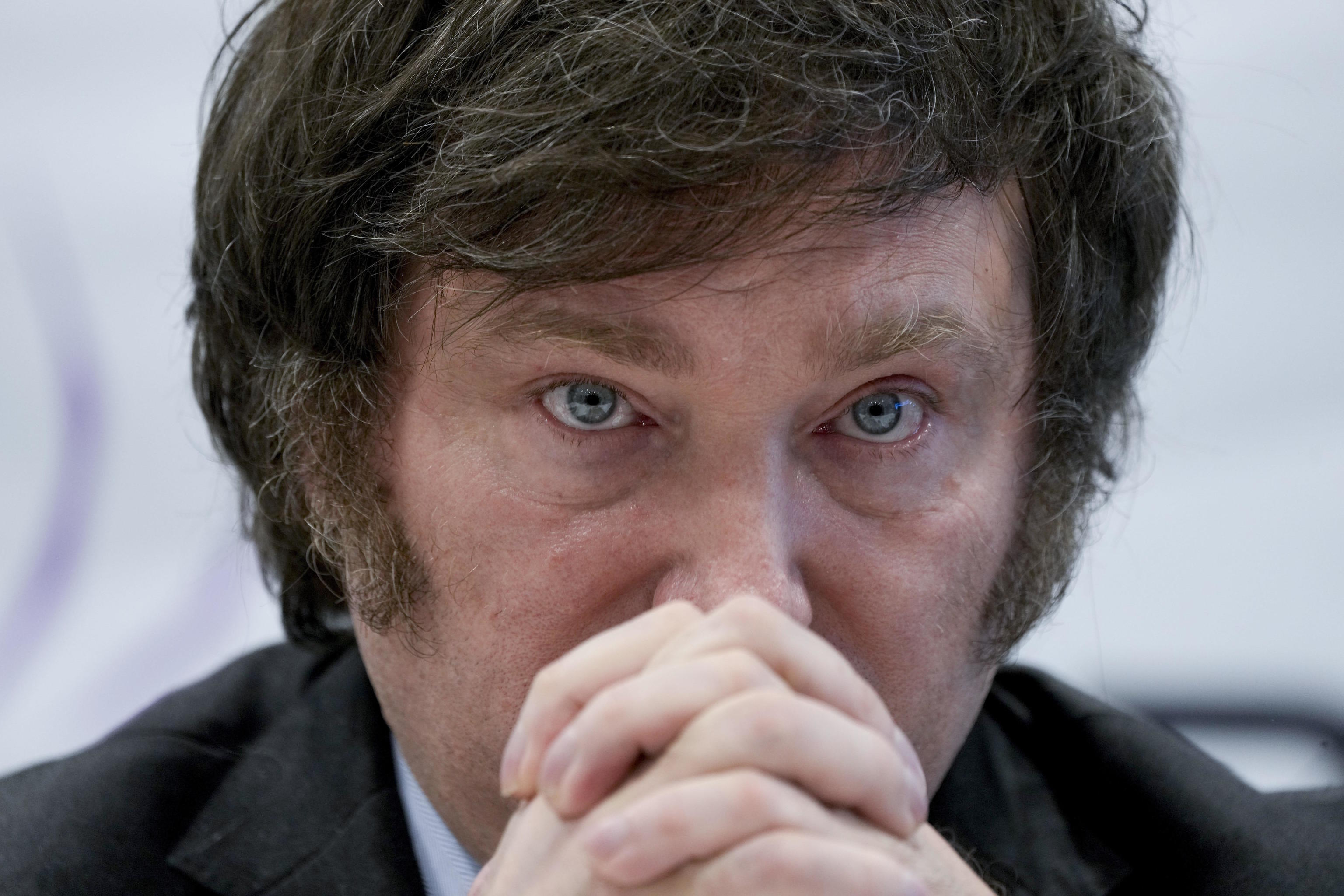What do the economies of United States, Cuba, Central African Republic, and Argentina have in common? At first glance, very little. In reality, all these countries have experienced a curious experiment in monetary policy over the last three months: the launch of meme-based virtual currencies - meaning, online image-based currencies - with no backing other than the faith of buyers, supported in all cases by the heads of state and government of those nations and, in at least two cases - Cuba and the Central African Republic - promoted by the states themselves.
They also share another thing; in all four cases, the experiment has ended in disaster for investors. Just as the 'crypto bros' - led by the pro-Russian investor David Sacks - have gained enormous power in the White House, the meme coin fever has become a weapon of mass destruction for the savings of small investors. Or, according to some, a way to buy favors from a government without being accused of corruption.
The past week has been particularly devastating for these crypto coins with no backing other than the accompanying image and having only speculative value, as they are not worth anything tangible. It's the tale of the emperor's new clothes, with the tailors making a fortune by creating an invisible suit.
The most relevant case is that of $Libra. Last Friday, Argentine President, Javier Milei, promoted the launch of this new 'memecoin' on social media. At that time, the crypto was worth about three cents. Ten minutes after Milei's post on Instagram and X (formerly Twitter), the price of $Libra had multiplied by almost 200, reaching 5.54 dollars (5.29 euros). The crypto's value then reached 4.3 billion euros.
Then the fall began. In an hour, Libra dropped from 5.54 to 1.05 dollars. Eighteen hours after Milei's messages, it was at 18 cents. Around 40,000 people had lost their entire investment. Most of them were in Argentina, where Milei had even recommended small businesses to use the 'memecoin', but investors from around the world were also affected.
The scandal of $Libra, however, is not the worst thing that happened last week in the world of meme coins backed by political figures. That dubious honor goes to one of the poorest countries in the world, the Central African Republic, a failed state where Russian mercenaries, Islamic fundamentalist groups, and various armed groups are in conflict.
Last Monday, Central African President, Faustin-Archange Touadéra, announced the launch of a 'memecoin' by the country, the $CAR. The news immediately raised suspicions even within the crypto community, known for lacking due diligence and risk aversion. The $CAR appeared to be a fraud, despite being promoted by Touadéra in a video on X, the favorite platform of crypto investors, largely due to the support of its owner, Elon Musk, for such assets. Soon, some experts claimed that Touadéra's message was nothing more than a 'deepfake', a video falsified through artificial intelligence (AI).
Be that as it may, the $CAR reached a value of 69 euro cents, with a market capitalization of 731 million. However, yesterday it was worth less than two cents, and all the 'memecoins' from the Central African Republic's government (or whoever) could be bought for 11 million euros, which is approximately what Apple earns every fourteen minutes.
The stories of $Libra and $CAR illustrate the dangers of memecoins, assets with no value and minimal oversight, whose only appeal is the endorsement of popular figures. And from there, it's just a step to fraud. Cuba, always in need of money, launched not one, but three 'memecoins' in January, 'Cuba', 'Cuba 2.0', and 'Justice for Cuba'. Setting aside the irony of a communist regime resorting to the most speculative financial instrument, Havana scammed investors. Within 24 hours, the three coins were canceled, leaving the naive investors who expected returns from the dictatorship of Havana with 30 million dollars.
The major issue with 'memecoins' is precisely the lack of regulation. This applies not only to the Central African Republic and Cuba. $Libra was launched on Meteora, the same platform where Donald and Melania Trump launched their 'memecoins' in November, which, although following the same pattern of rapid rises followed by crashes, have not been suspected of fraud.
However, the crypto recommended by Milei allows most of its units to be stored in a few electronic 'wallets', concentrating ownership and making its price susceptible to manipulation. Additionally, $Libra had a restricted sale before its market release, a relatively common practice but indicative of fraud risk, as before regular investors buy, others already hold the asset.
Even in cases where there were no suspicions of fraud or manipulation, memecoins backed by political figures have not succeeded. The $Trump, by Donald Trump, has generally been a disaster for investors, while the U.S. president, his family, and associates have earned around 100 million dollars (95 million euros) in commissions since its launch in November.
There's also the question of who bought the crypto. Although a significant portion were small investors, over 80% of $Trump is controlled by a few large groups. And who can buy a coin that is worthless but will enrich the U.S. president without expecting anything in return?
